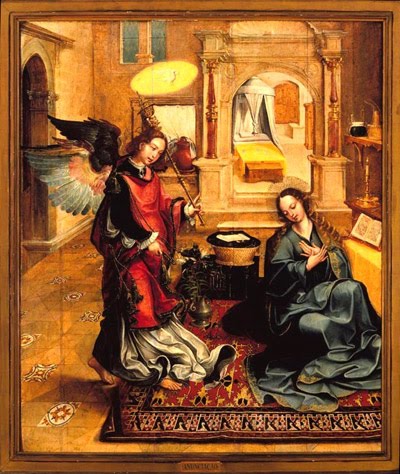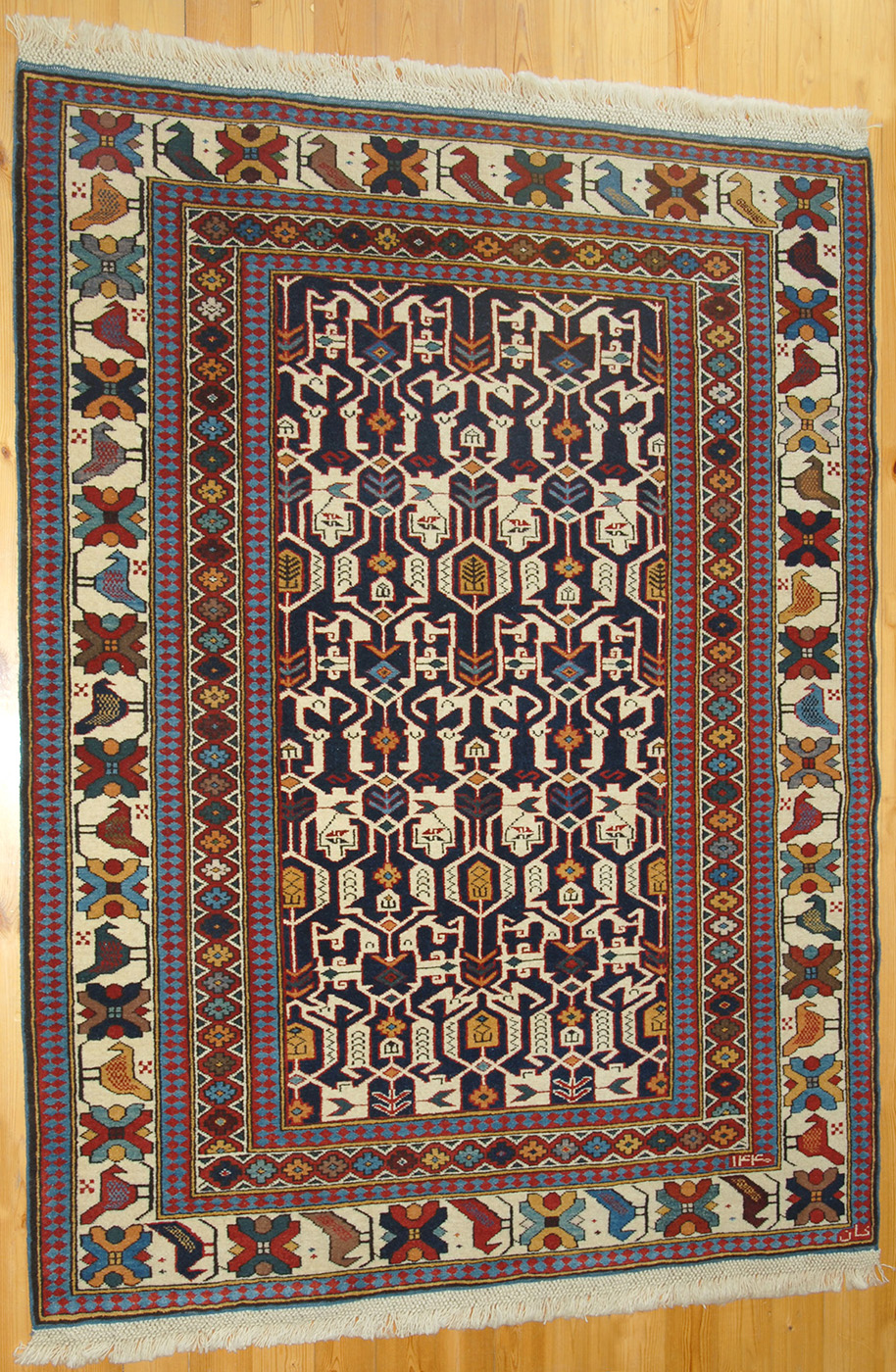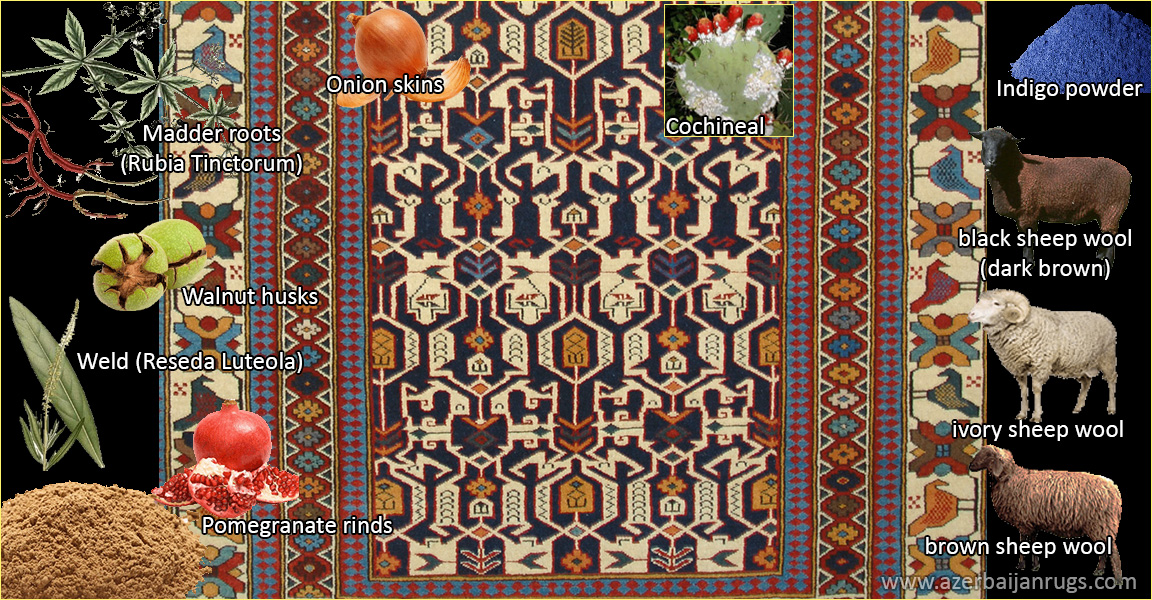|
Kuba Khan
Konagkend rug in a dark blue ground with a latticed field
Code:
KUKON126B
Size: 129x170cm
Size (ft): 4'2"x5'6"
Area: 2.19 m2
Density: 176 000 knots per square meter, totally over ~390 000 knots
Colors: midnight blue, ivory, medium blue, red, yellow,
light aqua green, medium brown, light brown, dark brown, apricot, maroon.
Dyes:
madder,
weld
(Reseda Luteola),
indigo,
pomegranate skins,
walnut husks,
onion skins, natural dark brown sheep wool, natural ivory sheep wool
Materials: Handcarded and handspun wool for pile, ivory wool warps
(natural ivory and brown twist) and
ivory wool wefts (two shots). 1cm of flatwoven kilim ends at both sides.
- wool on wool
Knots: Gördes (Turkish, symmetrical)
Pile height: 0.4cm
Ends: four rows of decorative knotted meshwork
Inscriptions: weaving date, the word "Khan"
Weaver: Meleyka
Weaving Period:
four months
Handwoven in Azerbaijan
Design: The rug
features a simplified version of the classic Konaghend design, an
intricate mosaic of interwoven elements based on conjoined hexagons. The
Konaghend pattern is arguably the most intricate and complex of all
Caucasian field designs. It is almost certainly rooted in the 'Lotto'
designs of sixteenth-century Turkish Ushak rugs from Turkey/Anatolia (an
intricate lattice tracery pattern featuring conjoined hexagons; so called
because of its depiction in paintings by the sixteenth-century artist
Lorenzo Lotto). Various bird or animal forms may be identified in
Konaghend patterns; whether these are intentional trompe l'oeil or
accidental imagery on the part of the weaver. In this specific design, it
is possible to see confronting human being and tailed animal forms. The main border carries
'birds on tree' motif.
 |
|




.jpg)
.jpg)
.jpg)
.jpg)
.jpg)
.jpg)
.jpg)
.jpg)
